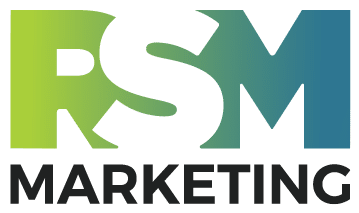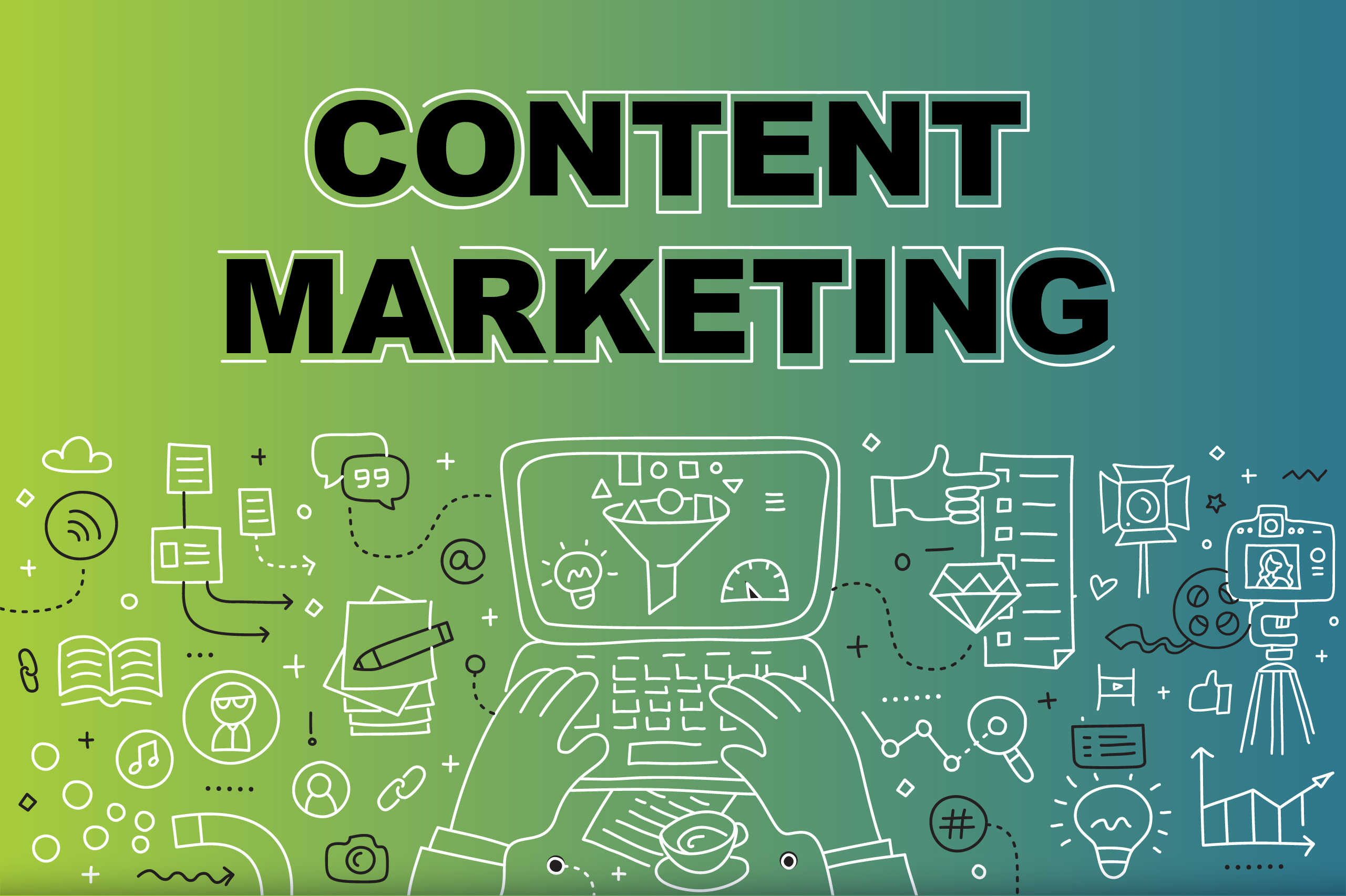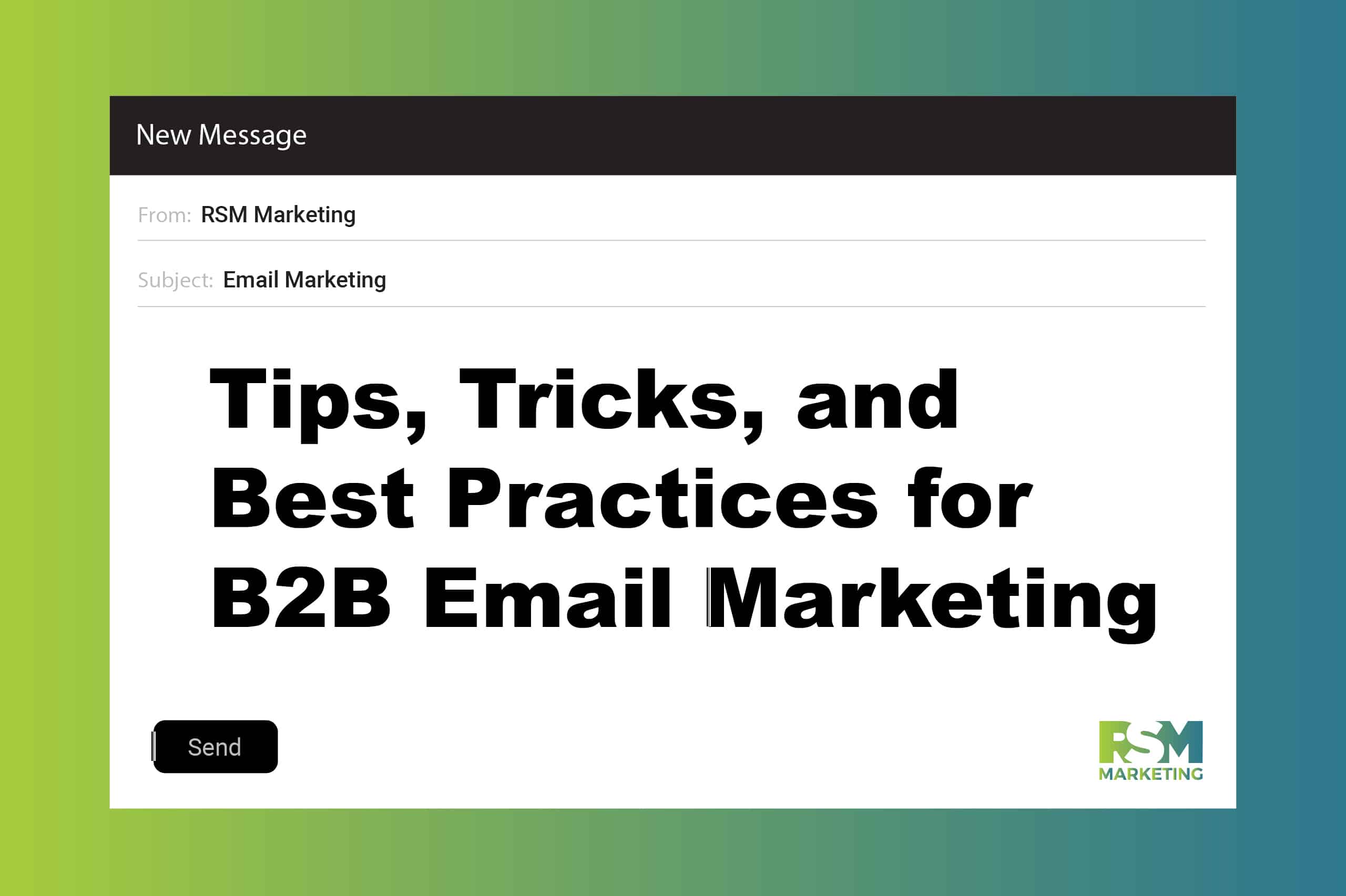Marketing Insights

Drawing new customers essential for ALL businesses to remain profitable and grow, but it’s important to note that this is not the only way to maintain that sweet sweet revenue stream.
In fact, it is significantly less difficult to market other products that you have to your existing customers. According to a report by Adobe, around 8% of their website visitors are responsible for up to 41% of sales revenue. It’s when we see statistics like this that we realize just how valuable nurturing that loyal client base can be.
Now, your existing customers already trust you but getting them to spend more money with you is a whole different ball game- especially if they are in a volatile industry.
Drawing in new customers with first-time promotions, throwing your weight behind first impressions and marketing to new demographics or target audiences is much simpler from a creative standpoint than telling an existing customer something like, “Yeah, we love having your business but we really need you to buy more stuff.”
By the way, PLEASE do not ever say that exact sentence to a customer. If you do decide to say that, please let us know how it goes!
Just what can your brand do to promote products to existing customers? To answer this question, we will tackle the following topics in our helpful guide:
- Giving Your Customers a Good Experience From the Start
- Understanding Your Audience
- Engaging After the Deal is Done
- Asking For Feedback
- Rewarding Loyalty
- Taking Advantage Of Seasonal Opportunities
1. Giving Your Customers a Good Experience From the Start
Remember that a product or service is not just a product or service. It is an experience at every stage from promotion to delivery.
For example, let’s say that a new customer saw your ad, came to your site to read a couple of blog posts, and then reached out to you via your contact form asking about your services.
Was your branding and messaging consistent throughout the whole journey? It likely was if they decided to reach out to you. If you are not seeing very many leads come through your website, you may want to look at your branding and messaging across your campaigns.
Was your website optimized for desktop and mobile so that all of the pages load quickly and there are no broken links? Again, if they reached out to you your site was likely optimized. But if you see that people are coming to your website and quickly bouncing off, you will want to consult with an SEO expert to see where improvements need to be made.
Learn More About Our SEO Services
After they reach out, are they met with a confirmation email saying that you received their inquiry and a timeline of when you will respond? Or do you leave them hanging and assume that they know you will get back to them when you can? It’s not difficult to see which of the options regarding email confirmation would be preferable to a new customer.
This first impression will, through branding, messaging, valuable content, convenience and service, show the new lead that you are at the top of your game and help build trust. This will convert them into a customer, you can then nurture this relationship and turn them into a repeat customer who purchases more products and services from you.
2. Understanding Your Audience
The most harmful assumption you can make is thinking that you have your customers locked down. Remember, even after securing a five-star review, there are zero guarantees a customer will purchase other products or services.
However, if you deeply understand your audience and current customers, it will be much easier to figure out the strategy needed to promote other products and services to them.
Investing in market research is crucial. Finding a gap in the market, a consumer need that has gone unaddressed or what they appreciate about the offering that they have already purchased are all things that you will want to look into.
What are they looking for from a brand like yours? Reliability? Efficiency? Low cost? Cutting edge technology?
Creating Existing Customer Personas and Campaigns
To understand your existing audience you will want to design existing customer personas. You (hopefully) have put together personas for new customers and this is similar with the only change being how you gather the information.
The beauty of creating existing customer personas is that you already have a lot of data and are not making as many assumptions as you did when you created new customer personas.
Look at all of the customers who have purchased your products or services in the last year. Who are they? Where did they convert from i.e. social media ads, blogs, direct mail promotions?
If you are a B2B firm, you will then want to look at who your best customers are i.e. who has repurchased. You can talk to your sales team to find out this information. After you gather information about customers who have repurchased, start looking for patterns or trends.
- Do most of your repeat customers have similar problems that they needed solved?
- Did they find out about other products on similar platforms i.e. your Facebook posts?
- Are there any pain points that they share?
- What do they enjoy most about doing business with you?
Note: to see how your customers have converted or where they revisited your website from, you will need to look at your analytics.
If you are in the B2C space, you can use the data collected from their purchases to determine things like where they are regionally, what age they are, and what platform they came from and use that information to create personas. This can all be done with analytics.
One thing that you can do in both spaces is send out customer/client surveys to collect data. Research like this used to be very costly but now, you can use tools like Google Forms to create surveys that can be emailed to your audience for free.
After you create your existing customer personas, you can then start crafting your campaigns with content that speaks to those personas and reaching your audience where they are at most i.e. a B2C customer might spend a lot of time on social media while a B2B customer might respond better to emails.
3. Engaging After the Deal is Done
How routinely are you engaging with your customer after a purchase is made or a contract is signed? No, we aren’t talking about project management or customer service. We are talking about how often you provide value to customers after money has exchanged hands.
You should be providing them with resources and using marketing strategies that keep you at the forefront of their minds when they see anything relating to your industry.
A lot of marketing coordinators and business owners choose not to create materials for existing customers because they fear that it will come off as “annoying” but, when done correctly, it can build a relationship.
What you want to do is send your existing customers newsletters with recent news, newly published content, and add in something that shows off your brand’s personality. Most companies choose to do this monthly and that is a great rule of thumb to stick to.
Email drip campaigns are also extremely effective when it comes to alerting current customers of other product or service offerings.
Learn More About Email Marketing Strategy
Send them the occasional email regarding new promotions that you have going on. Unless your product or service is something that is purchased extremely often i.e. pizza delivery, you will want to make sure you only send them enticing promotional emails.
In addition, post on your social media pages, often. Your customers likely follow your page and posting about industry news, insights, new product launches and showing off your brand’s personality will show them that you are at the head of the charge. Make sure you are engaging with comments on your posts and responding to direct messages, also!
4. Asking For Feedback
Asking for feedback can be an essential part of not only gaining product and service reviews, but also showing you respect the opinion of those who have used your service or bought your items. You can also use this feedback to improve your current offerings or curate new ones!
Most of us have experienced retailers such as Amazon sending out a support email three to four days after our item was delivered, encouraging us to review the item for other customers part of the buying network.
They know that when you return, you will be shown many other items, perhaps some with discounts, relevant to your prior interests. This process also encourages a customer to remain part of their ecosystem, to update their profile information, to engage with the online community. To that extent, you can turn a repeat customer into a brand loyalist.
As we said earlier, you can also send surveys to the purchaser and get feedback on your product or service and experience.
5. Loyalty Should Be Rewarded
Are you rewarding loyalty? What additional incentives are you providing in order to encourage a repeat order or recommendation, time and time again? A simple, clean 5% discount for those purchasing accessories on top of a flagship item could bring them or recommendations to you.
When loyalty is rewarded, you are able to become a top contender in the decision-making process of any prior customer. Additionally, the frequency and length of loyalty should secure corresponding rewards.
For example, a second purchase is worth celebrating and thanking your customer for, but routine purchases for a year? This may warrant something even more worthwhile.
Additionally, it’s important to consider the spectrum of loyalty that you wish to reward. For instance, a customer referring their friend to your services may do so via a promotional code uniquely attributed to their online account.
This may offer a heavy discount for the first purchase of their referral customer, as well as a scalable reward for the referrer depending on the size of the resulting purchase. This is hardly a one-and-done scenario.
You can see how both parties, the referrer and referee, may be inspired by that process and repeat it themselves. If you’re lucky, it could grow exponentially. At the very least, you will have doubled your business, and secured a healthy amount of goodwill with those two individuals.
These customers will then see your newer products and be more inclined to purchase them because of the relationship you have established.
6. Taking Advantage Of Seasonal Opportunities
It’s also important that you recognize seasonal opportunities.
Sometimes, seasonal opportunities can hold dramatic potential for the conversion of past customers into repeat buyers. In fact, customers spend 25% more during holiday shopping if they are returning to buy, compared to only 17% of those purchasing for the first time.
Ensure your special offers always reflect back on the quality of your products as deep sales may give the impression of an item being of lower quality.
With this advice, we hope that you can start to successfully promote and sell more products to your existing customers.
At RSM Marketing, we have a team of experts who are here to offer insight and solutions to help effectively promote your products and services to new and existing clients and customers. From SEO services to promotional video production, we are here to help make your next marketing campaign a success!
Want Some Help?
That’s what we’re here for! Whether you need some guidance on moving in the right direction or a whole lot of marketing muscle—the experts at RSM Marketing can make it happen.
Start with a simple conversation! Complete the form and one of our team members will be in touch.




